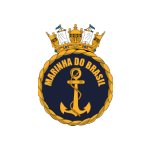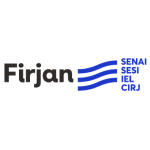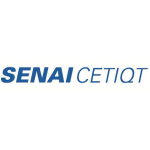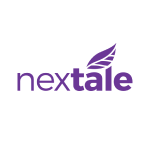UI/UX
Ok, I design stuff, but how?
My Design Process
Interface Design played a huge part in the beginning of my 10-year career and due to the nature of the small design teams on the companies I worked, I ended up naturally taking the roles of an UX Designer and Product Owner. Over the last 4 years I decided to, officially, shift my focus from illustration and UI to the entire process of conceiving and designing a valuable product that users love.
Here you can see how I usually approach an Experience Design task.
1
Understand
2
Research & Analize
Once I identify what questions I’m trying to solve, it’s time to do the research. Be it through 1 on 1 interviews, Surveys or Focus Group, it is vital to challenge my assumptions and have a glimpse on the user’s point of view. To help the team visualize who we’re developing the product for, I create User Personas based on the qualitative data gathered during research.
3
Define & Ideate
Having empathized with the audience and identified their needs, it’s time to propose the solutions. Reflecting on the common ground between business and user’s goals, I start brainstorming to create a list of features and use cases that will end up serving as a guide for the product.
4
Prototype
Prioritizing the list of features can create a clear order of execution and help define what goes on the prototype. Also, on this step, I start to organize the information and content structure, creating User Flows and Task Flows. Then, I begin the process of wireframing, mid-level prototyping and usability testing.
5
Design
At this point I begin thinking about the visuals of the product, including the Design, Typography, Branding and the Psychology of the Colors. I gather reference and inspiration and start testing ideas and compositions, applying them to the prototypes. As a result, the Style Guide and the Design System starts to take shape. This is a highly iterative process and should reflect the feeling you want to convey.
6
Evaluate
With the prototype or the first implemented versions, I can begin to run some evaluations with real users and gather data to generate Usability Reports so I can check where are the gaps between what the users were intented to do, and what they are actually doing. This, of course, is not the final step of the process. It may only be the beginning of another take on a previous one.
And what, exactly, can I do?
My Toolbox
Design is all around us, and Experience involves every single touchpoint of the user with the product. To successfully deliver a valuable and satisfying experience the designer must be able to map, analyze and understand every aspect of the problem he’s trying to solve. In the end, for me, Design is all about solving problems: the client’s, the product’s and the user’s problems.
What sometimes may seem to be magic, is actually the result of a very structured process that involves a lot of creative thinking and specific tools.
Below, I list some of them, that I use on my daily basis.
And what have I designed, so far?
Work Highlights
Over the years I’ve been lucky enough to work on challenging projects that pushed me forward and helped me develop a diverse set of skills. To not be limited to a single field, and to be constantly challenged, is something that I value and believe to be an essential key that enables me to analyze things from different points of view and come up with creative solutions.
Here you can see the four main categories of UI/UX projects I’ve been involved, and some of the main clients I’ve worked with.
Apps & Websites
Being the main field of work in my career, I've worked on dozens of projects as Interface Designer, User Experience Designer, Illustrator, Animator, Product Owner and Project Manager.
Games
Being graduated in Games Technology, back in 2010, my first professional projects were game-related, and since then I've been working as a Game Designer, Concept Artist and UI/UX Designer.
VR & AR
My background as a photographer and videographer came in handy when I needed to take on VR projects, as I, not only designed the UI/UX of the apps, but also captured and edited the 360º photos.
Simulations
A recent field of work for me. I've been working as a UI/UX Designer in the last couple of years in military simulations projects, focusing on Usability, Interface Design and management of the Design Team.









